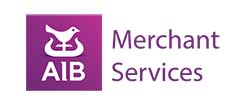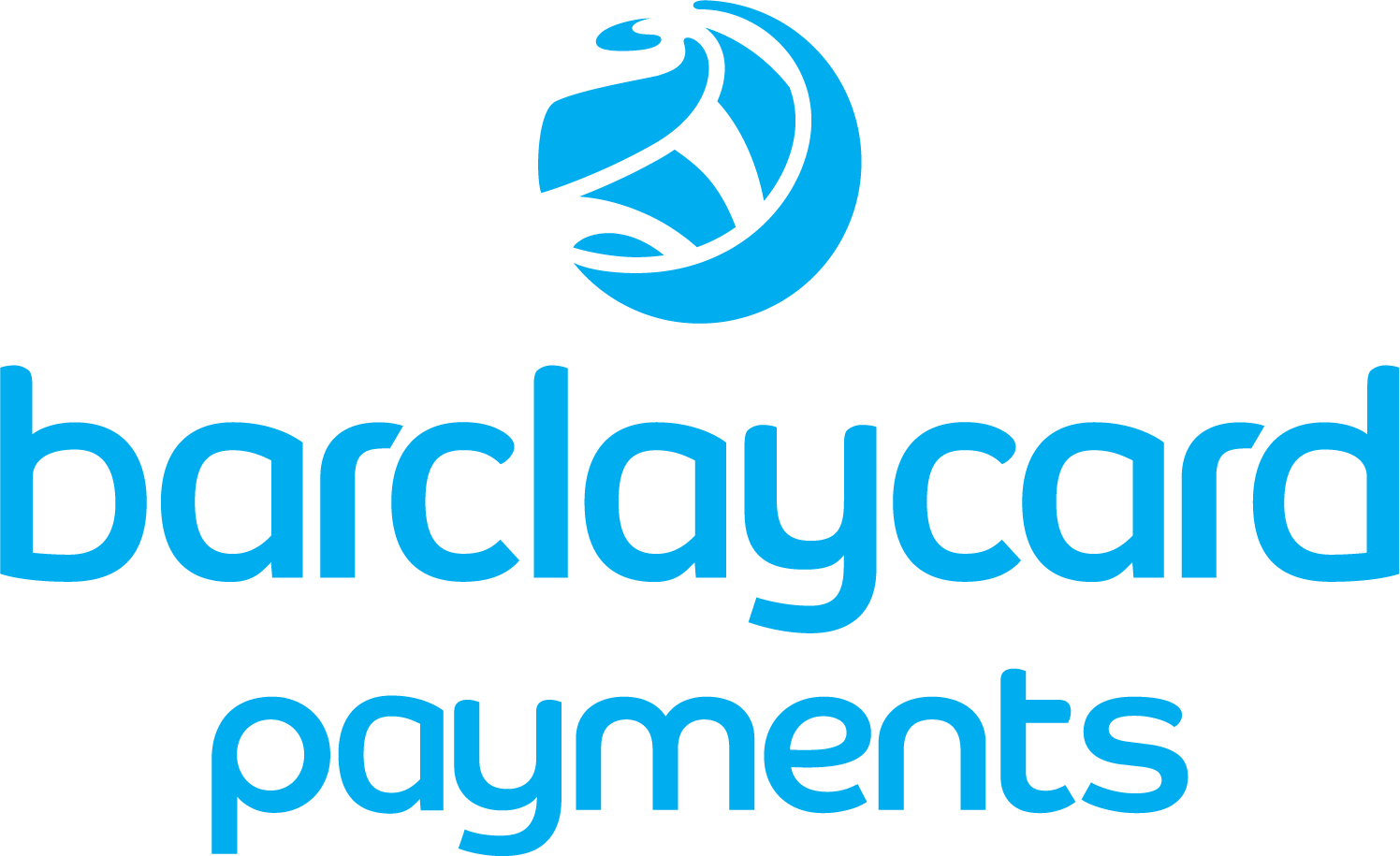- Compare Card Processing Rates from as low as 0.27%
- Keep your card processing fees to a minimum
- Direct access to 80% of the UK’s leading acquiring banks
- Make the right choice for your next UK payment provider
- Ensure your rates always remain competitive
- Seamlessly switch payment provider without a hitch






We're rated Excellent on
Streamlined Online Payments: Simplify Transactions for Your Business
In today’s fast-paced digital economy, online payments are the backbone of any successful online business. Whether you run an eCommerce store, a subscription service, or a freelance operation, offering a seamless online payment solution is crucial to increase conversion rates and keep customers satisfied.
With the rise of digital wallets, contactless payments, and local payment methods, businesses must adapt to the latest trends in online payment processing to stay competitive. This guide explores how to accept payments efficiently, the best payment solutions, and how to prevent fraud while ensuring PCI DSS compliance.
Understanding Online Payments
What are Online Payments?
Online payments refer to the process of transferring funds electronically over the internet to complete a transaction. This can include various payment methods such as credit cards, debit cards, digital wallets, and bank transfers. In the realm of e-commerce, online payments have become indispensable, enabling businesses to sell products and services to customers globally. By offering a variety of online payment methods, businesses can cater to the diverse preferences of their customers, ensuring a seamless and convenient shopping experience.
How Online Payments Work
Online payments involve a complex process that requires the coordination of multiple parties, including the customer, the merchant, the acquiring bank, and the payment gateway. Here’s a simplified overview of how online payments work:
- Customer Initiates Payment: The customer selects a payment method and enters their payment details on the merchant’s website.
- Payment Gateway Processes Request: The payment gateway, such as Stripe or Mollie, processes the payment request and verifies the customer’s payment details.
- Acquiring Bank Verifies Details: The payment gateway sends the payment request to the acquiring bank, which verifies the payment details and checks for sufficient funds in the customer’s bank account.
- Payment Approval: If the payment is approved, the acquiring bank sends the payment to the merchant’s bank account.
- Confirmation: The merchant’s bank account is credited with the payment amount, and the customer receives a confirmation of the successful payment.
By understanding this process, businesses can better appreciate the importance of choosing a reliable payment gateway and ensuring smooth payment transactions.
Why Online Payments Matter for Your Business
The way customers pay has evolved dramatically. Gone are the days when cash or cheques were the only options—today, credit card payments, bank transfers, and mobile device transactions dominate. Implementing a robust online payment solution can significantly enhance the efficiency and security of your transactions.
Here’s why optimising your payment methods is essential:
- Faster Checkout: Reduce cart abandonment with quick, secure payments online.
- Global Reach: Accept local payment methods like WeChat Pay, Apple Pay, and Google Pay to attract more customers.
- Recurring Revenue: Enable subscription payments or recurring payments for steady cash flow.
- Fraud Protection: Advanced fraud detection and machine learning help prevent fraud and reduce failed transactions.
Choosing the Right Payment Gateway
A payment gateway acts as the bridge between your website and the acquiring bank, ensuring smooth payment transactions. When selecting a payment processor, consider:
A comprehensive online payment solution can streamline the entire payment process, making it easier for businesses to manage transactions.
1. Supported Online Payment Methods
Today’s consumers expect flexibility, and a robust online payment solution should support:
- Debit cards (including Visa Debit)
- Credit cards (Visa, Mastercard, Amex)
- Digital wallets (Apple Pay, Google Pay, WeChat Pay)
- Bank transfers (Faster Payments, SEPA)
- Embedded payments (for in-app purchases)
2. Security & Compliance
Security is non-negotiable. Your provider should offer:
- PCI DSS compliance (essential for handling customer data)
- Latest security protocols (tokenisation, encryption)
- Fraud protection tools (3D Secure, machine learning-based detection)
A secure online payment solution should offer PCI DSS compliance and the latest security protocols to protect customer data.
3. Integration & Usability
Look for:
- An online payment solution that offers one integration with your eCommerce platform
- Virtual terminal for in-person payments or phone orders
- Payment link options to send invoices and collect payments easily
Optimising the Checkout Experience
A clunky checkout process kills sales. Here’s how to streamline it:
A well-designed online payment solution can significantly reduce cart abandonment and improve the overall customer experience.
1. Offer Multiple Payment Options
The more payment types your online payment solution supports, the better. Some customers prefer Google Pay, while others rely on bank accounts—cater to all preferences.
2. Reduce Friction
- Allow customers to enter details quickly with autofill.
- Enable one-click payments for returning users.
- Avoid redirects—use embedded payments for a seamless flow.
An intuitive online payment solution can help reduce friction by enabling one-click payments and avoiding redirects.
3. Mobile-Friendly Payments
With over 60% of transactions happening on a mobile device, ensure your online payment solution is optimized for smartphones.
Accepting Payments Online
Accept Payments with Local Payment Methods
Accepting local payment methods is crucial for businesses that want to expand their customer base globally. Local payment methods refer to payment options that are popular in specific regions or countries, such as Apple Pay in the US or Google Pay in Europe. By accepting local payment methods, businesses can increase conversion rates, reduce cart abandonment, and build customer loyalty.
Some popular local payment methods include:
- Credit Cards: Visa, Mastercard, American Express
- Debit Cards: Maestro, Visa Debit
- Digital Wallets: Apple Pay, Google Pay, PayPal
- Bank Transfers: SEPA, ACH
- Online Payment Systems: iDEAL, Sofort
By offering a variety of local payment methods, businesses can cater to the diverse needs of their customers and stay competitive in the global market. This approach not only enhances the customer experience but also ensures that businesses can accept payments from customers’ bank accounts worldwide, thereby broadening their market reach.
Recurring Payments & Subscription Models
If your business runs on a recurring basis (e.g., SaaS, memberships), you need a reliable system to process payments automatically. Key features to look for:
- Automated billing with retry logic for failed transactions
- Support for Visa, Mastercard, and direct bank account debits
- Easy management of subscriptions (pauses, upgrades, cancellations)
A reliable online payment solution can automate billing and manage subscriptions efficiently.
Fraud Prevention & Security
As online payment fraud rises, protecting your business is critical. Implement:
- Machine learning fraud detection to spot suspicious activity
- 3D Secure 2.0 for extra verification on credit card payments
- PCI DSS compliance to safeguard customer data
An effective online payment solution should incorporate advanced fraud detection and PCI DSS compliance to safeguard transactions.
Cost Considerations
Every payment gateway charges a fee—usually a percentage per transaction plus a fixed cost. Compare:
- Interchange fees (charged by card networks)
- Processor markup (your provider’s cut)
- Cross-border fees (for international payments)
Choosing a provider with transparent pricing helps you manage costs effectively. Choosing an online payment solution with transparent pricing helps you manage costs effectively.
Future of Online Payments
The payments landscape keeps evolving. Trends to watch:
- Biometric authentication (fingerprint, facial recognition)
- Cryptocurrency payments (gaining traction in some sectors)
- Instant bank pay (like UK’s Pay by Bank app)
Final Thoughts
To stay ahead, your business must adopt the best online payment methods and payment solutions. Whether you need to accept debit cards, send invoices, or handle subscription payments, the right payment processor makes all the difference.
By optimising your checkout, ensuring fraud protection, and supporting popular payment methods, you’ll increase conversion, reduce failed transactions, and keep customers coming back.
Ready to upgrade your online payment options? Choose a secure, flexible payment gateway today and watch your sales grow!
